Multiple Systems Estimation Based on Hidden Population Estimation
DOI: 10.23977/tracam.2024.040117 | Downloads: 6 | Views: 1056
Author(s)
Yihua Zou 1
Affiliation(s)
1 Faculty of Social Sciences, University of Southampton, Southampton, UK
Corresponding Author
Yihua ZouABSTRACT
The multiple system estimation (MSE) method is a way of estimating the population size based on samples from two or more sources. Wildlife biologists first used it to estimate the number of wild animals, such as fish, insects and birds in a certain area, but it is now being used in the study of human disease and health, and its theory also along with the development of biostatistics and continually improved. In general, researchers will use the MSE to estimate some hidden populations that are not easily detected and consider log-linear models to explain the effects of list or covariates and their interactions on total population size and apply bootstrapping to calculate their confidence intervals.
KEYWORDS
Multiple systems estimation (MSE); Log-linear model; Population size; Model selection; BootstrapCITE THIS PAPER
Yihua Zou, Multiple Systems Estimation Based on Hidden Population Estimation. Transactions on Computational and Applied Mathematics (2024) Vol. 4: 128-136. DOI: http://dx.doi.org/10.23977/tracam.2024.040117.
REFERENCES
[1] Nichols, J. D. (1992). Capture-Recapture Models. BioScience, 42(2), pp.94-102. doi: 10.2307/1311650
[2] Abeni, D., Brancato, G. and Perucci, C. (1994). Capture-Recapture to Estimate the Size of the Population with Human Immunodeficiency Virus Type 1 Infection. Epidemiology, 5(4), pp.410-414.
[3] King, R. and Brooks, S. P. (2008). On the Bayesian Estimation of a Closed Population Size in the Presence of Heterogeneity and Model Uncertainty. Biometrics, 64(3), pp.816-824.
[4] Klingwort, J., Buelens, B. and Schnell, R. (2021). Capture-Recapture Techniques for Transport Survey Estimate Adjustment Using Permanently Installed Highway-Sensors. Social Science Computer Review, 39(4), pp.527-542. doi: 10.1177/0894439319874684.
[5] Le Cren, E. D. (1965). A Note on the History of Mark-Recapture Population Estimates. Journal of Animal Ecology, 34(2), pp.453-454.
[6] Sekar, C. C. and Deming, W. E. (1949). On a Method of Estimating Birth and Death Rates and the Extent of Registration. Journal of the American Statistical Association, 44(245), pp.101-115.
[7] Wittes, J. T., Colton, T. and Sidel, V. W. (1974). Capture-Recapture Methods for Assessing the Completeness of Case Ascertainment when Using Multiple Information Sources. Journal of chronic diseases, 27(1), pp. 25-36.
[8] Schnabel, Z. E. (1938). The Estimation of Total Fish Population of a Lake. The American Mathematical Monthly, 45(6), p.348-352
[9] Silverman, B. (2014). Modern slavery: An application of multiple systems estimation. Available at: https://assets.publishing.service.gov.uk/government/uploads/system/uploads/attachment_data/file/386841/Modern_Slavery_an_application_of_MSE_revised.pdf (Accessed: 10 August 2022)
[10] George, E. I. and Robert, C. P. (1992). Capture-Recapture Estimation via Gibbs Sampling. Biometrika, 79(4), pp.677-683.
[11] Arnold, R., Hayakawa, Y. and Yip, P. (2010). Capture-Recapture Estimation Using Finite Mixtures of Arbitrary Dimension. Biometrics, 66(2), pp.644-655. doi: 10.1111/j.1541-0420.2009.01289.x
[12] Fienberg, S. E. (1972). The Multiple Recapture Census for Closed Populations and Incomplete 2¬k Contingency Tables. Biometrika, 59(3), pp.591. doi: 10.2307/2334810
[13] Basu, S. and Ebrahimi, N. (2001). Bayesian Capture-Recapture Methods for Error Detection and Estimation of Population Size: Heterogeneity and Dependence. Biometrika, 88, pp.269-279.
[14] Fienberg, S. E., Johnson, M. S. and Junker, B. W. (1999). Classical Multilevel and Bayesian Approaches to Population Size Estimation Using Multiple Lists. Journal of the Royal Statistical Society: Series A (Statistics in Society), 162(3), pp.383-405. doi: 10.1111/1467-985X.00143.
[15] Cormack R. (1989). Log-Linear Models for Capture-Recapture. Biometrics, 45(2), pp.395.
[16] Bishop, Y. M. M., Fienberg, S. E. and Holland, P. W. (2007). Discrete multivariate analysis theory and practice: theory and practice. Dordrecht: Springer.
[17] Xu, C., Jing, F., Lu, Y., Ni, Y., Tucker, J., Wu, D., Zhou, Y., Ong, J., Zhang, Q. and Tang, W. (2022). Summarizing methods for estimating population size for key populations: a global scoping review for human immunodeficiency virus research. AIDS Research and Therapy, 19(1). doi: 10.1186/s12981-022-00434-7.
[18] Rich, A. J., Lachowsky, N. J., Sereda, P., Cui, Z., Wong, J., Wong, S., Jollimore, J., Raymond, H. F., Hottes, T. S., Roth, E. A., Hogg, R. S. and Moore, D.M. (2018). Estimating the Size of the MSM Population in Metro Vancouver, Canada, Using Multiple Methods and Diverse Data Sources. Journal of Urban Health: Bulletin of the New York Academy of Medicine, 95(2), pp.188-195. doi: 10.1007/s11524-017-0176-8.
[19] Krebs, C. J. (1998). Ecological methodology. 2nd ed. Menlo Park: Benjamin/Cummings.
[20] Hook E. and Regal R. (1995). Capture-Recapture Methods in Epidemiology: Methods and Limitations. Epidemiologic Reviews, 17(2), pp.243-264.
[21] International Working Group for Disease Monitoring and Forecasting. (1995). Capture-Recapture and Multiple-Record Systems Estimation I: History and Theoretical Development. American Journal of Epidemiology. 142(10), pp.1047-1058. doi: 10.1093/oxfordjournals.aje.a117558.
[22] Akaike H. (1974). A new look at the statistical model identification. IEEE TranS1Actions on Automatic Control, 19(6), pp.716-723. doi: 10.1109/TAC.1974.1100705.
[23] Altman, D., Machin, D., Bryant, T. and Gardner, M. (2013). Statistics with Confidence: Confidence Intervals and Statistical Guidelines. Hoboken: Wiley.
[24] Neyman, J. (1937). Outline of a Theory of Statistical Estimation Based on the Classical Theory of Probability. Philosophical Transactions of the Royal Society of London. Series A, Mathematical and Physical Sciences, 236(767), pp.333-380.
| Downloads: | 657 |
|---|---|
| Visits: | 52790 |
Sponsors, Associates, and Links
-
International Journal of Power Engineering and Engineering Thermophysics
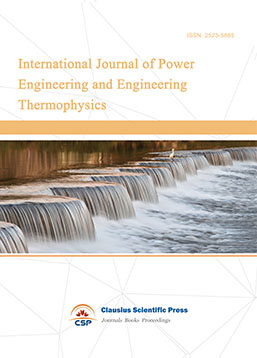
-
Numerical Algebra and Scientific Computing

-
Journal of Physics Through Computation
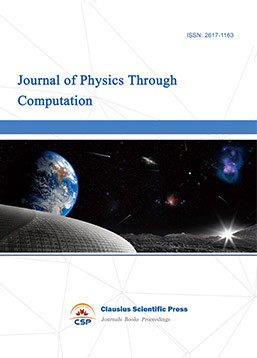
-
Transactions on Particle and Nuclear Physics
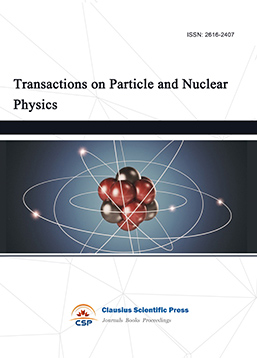
-
Journal of Probability and Mathematical Statistics
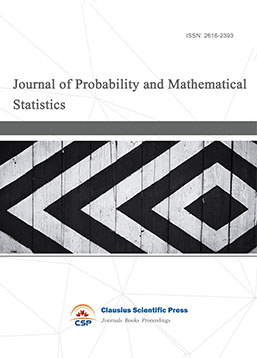
-
Multibody Systems, Nonlinear Dynamics and Control

-
Complex Analysis and Geometry
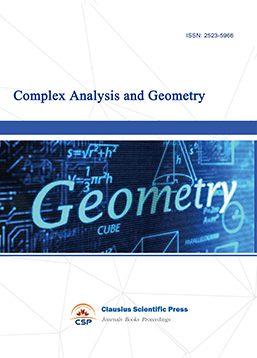
-
Dynamical Systems and Differential Equations
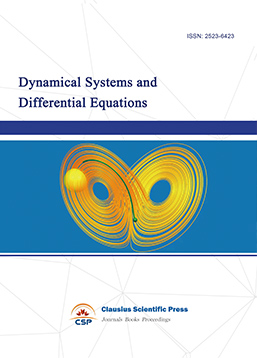
-
Acoustics, Optics and Radio Physics
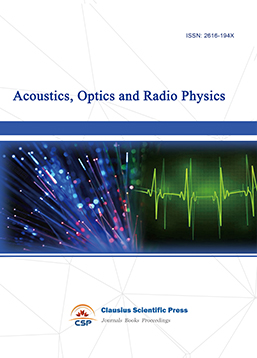
-
Progress in Atomic and Molecular Physics

-
Transactions on Condensed Matter Physics

-
Progress in Plasma Physics
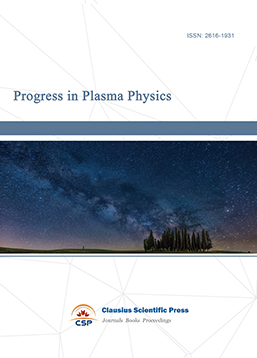
-
Combinatorics and Graph Theory

-
Research and Practice of Mathematics & Statistics
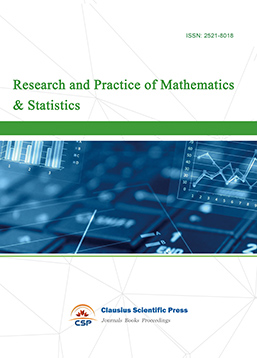
-
Nuclear Techniques and Applications
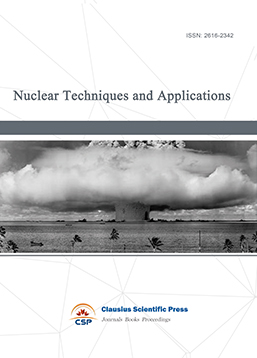
-
Journal of Photonics Research
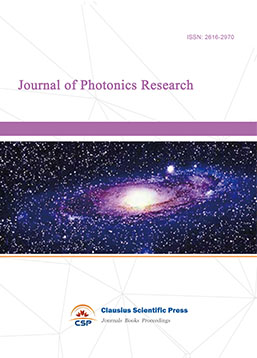
-
Journal of Compressors and Refrigeration
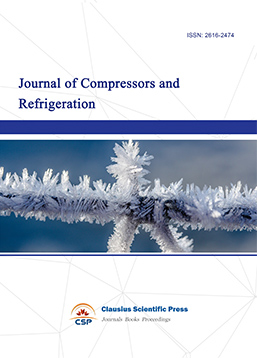
-
Journal of Theoretical Physics Frontiers
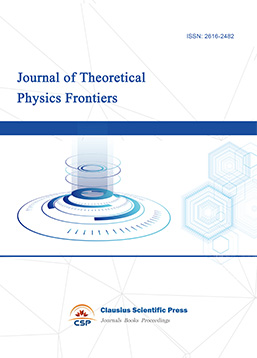
-
Journal of Nonlinear Science and Complexity

-
Vacuum Science Journal

-
Computational Fluid Dynamics


 Download as PDF
Download as PDF